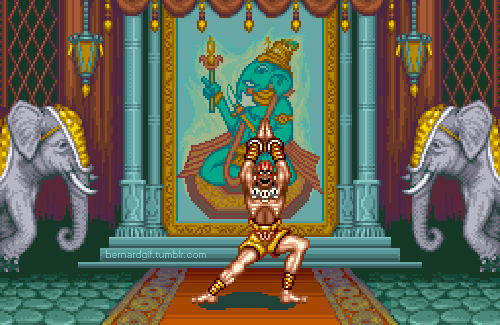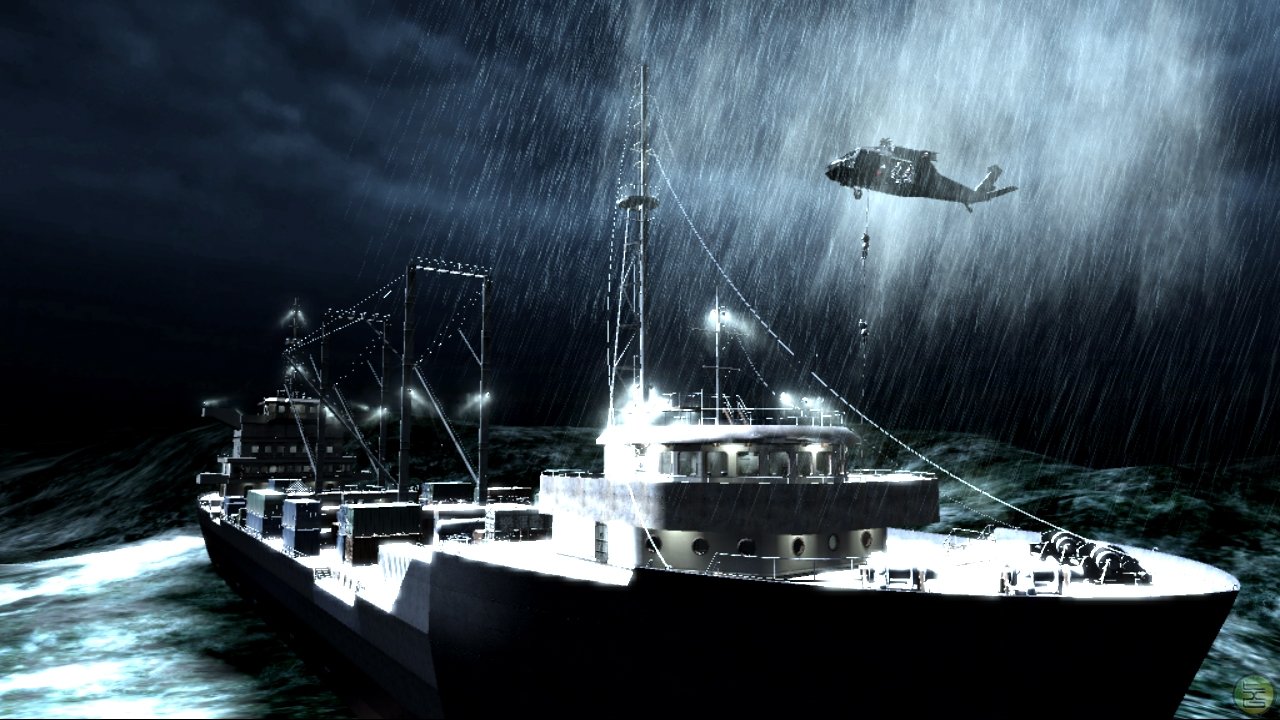Hey everyone my last blog critique for my last assignment, next one ill be looking into whether who should be liable for excessive playing and the implications it has on our society anyway enjoy :).
Racism or
Cultural Accuracy - Street Fighters Uniquely Cultural Roster
The
Street Fighter franchise has a plethora
of fighters from everywhere in the world. The roster of fighters is very unique
for a fighting game it reaches around the world and includes fighters from
places such as the United states, Japan, Russia, India and more. The game does
not hold back when it comes to creating people from those places in the world
for example the fighter from India, his name is Dhalsim. He can blow flames,
his win dance is that of an Indian dancer, and he is a yoga instructor, at the
time of his creation around street fighter 2 the internet did not exist so this
interpretation of what an Indian was pretty much became the norm. Is it right
to say that this is acceptable? perhaps seeing that this over stereotyping did
not only look at one portion of the world. Looking at Street Fighters evolution
and understand why they made the choices they did with the characters and how
their character creation has changed over time.
The racial
look at street fighter 2 even begins right at the start of the game, in the
opening a street fight breaks out between a white guy and a black guy fighting
below a building where the white guy throws one punch and this knocks the black
guy out. Could you say this was racist?, I think not if you look at it for what
it is, it is simply two people fighting, their colour is truly irrelevant.
However due to the backlash received, Capcom made a change in the next
iteration of the game by changing it to two white guys fighting.
We can
atleast say that Capcom heard of the complaint and took action to correct the
issue even though you could argue there was no real issue to begin with. Characters
like that though made people think that all Americans had American flag
tattoo's on them and that they were all a part of the military. The stereotypes
in this game are just a reflection of our society in those times. It was a
common thought for people to think America then to think of America's army.
Guile's stage is just a reflection of what people thought movies like top gun
would have if it was a stage in a video game. The fighter jets all lined up
with everyone lounging around having a good time. The other fighter from
America Ken, he also had a familiar theme to his stage where there is a large
boat with people standing about all looking generally happy to be there.
Compare this to that of say Blanka's stage where the people look isolated you
could understand as to why people thought that way.
Street
Fighter 3 came along and brought with it a new cast that was just as diverse as
Street Fighter 2, however it strayed away from stereotypes. The characters
never stood out as much except the a few like Dudley whom was an intellectual
boxer compared to the racially charged Balrog whom like it or not was based on
Mike Tyson. This change in looking at fighters was a nice touch however the
game felt like it lacked the personality that Street Fighter 2 had. The
characters didnt have the same appeal and so the game did not do as well
commercially. The look at culture that was in Street Fighter 2 really helped
define the game for many players.
The people
asked and Capcom answered, Street Fighter went back to its roots for Street
Fighter 4 in regards to characters and design. Bringing back the old classics
like Dhalsim that were such a hit in Street Fighter 2. They even created new
characters that weren't so stereotypical the likes of C.Viper whom you can't
really say has a nation however she is definitely a stereo typical spy with sex
appeal. If there was ever a character that was a part of the Street Fighter 4
roster that could maybe offend people might be either El Fuerte or Hakan. Both
are stereotypes, Hakan is a Turkish wrestler and El Fuerte is a Lucha Dore
wrestler.
Though with
both as above it could be stated that they are references to their source
material. As we can see from the games that have come through the Street
Fighter series its more to do with visually making their characters different
enough to be able to allow them to have a sense individuality making the roster
feel as though they have collected a cast that is from totally global
standpoint. Can we see this series as racist? Maybe Street Fighter 2, however
since then I would say that this game follows the stereotype tropes of people
from different parts of the world.
References:
Leone, M.
(2014). Street Fighter 2:An Oral History. Retrieved from: http://www.polygon.com/a/street-fighter-2-oral-history
Demby, G.
(2014). 'Street Fighter II': Most Racist Nostalgic Video Game Ever?. Retrieved
from: http://www.npr.org/blogs/codeswitch/2014/03/16/290119728/street-fighter-ii-most-racist-nostalgic-video-game-ever
Lo, V.
(2001). The rise and fall of Street Fighter 2. Retrieved from: http://web.stanford.edu/group/htgg/sts145papers/vlo_2001_2.pdf
Image
Reference
Banner: http://static.tvtropes.org/pmwiki/pub/images/streetfighterallcharactev9.jpg
Image 1: http://cbssports.com/images/blogs/tumblr_m142jmcKsB1r8a6xoo1_500.gif
Image 2: http://www.fightersgeneration.com/nx8/char/sf2-intro-possibly-mike-and-joe.jpg
Image 3: http://static.gamesradar.com/images/mb/GamesRadar/us/Other/Features/2008/Street%20Fighter%20Retrospectives/worst%20characters/Dudley_SFIII_Third_Strike(2)--article_image.jpg
Image 4: http://i.ytimg.com/vi/qd-HXajgn9Q/maxresdefault.jpg



--article_image.jpg)



.jpg)
